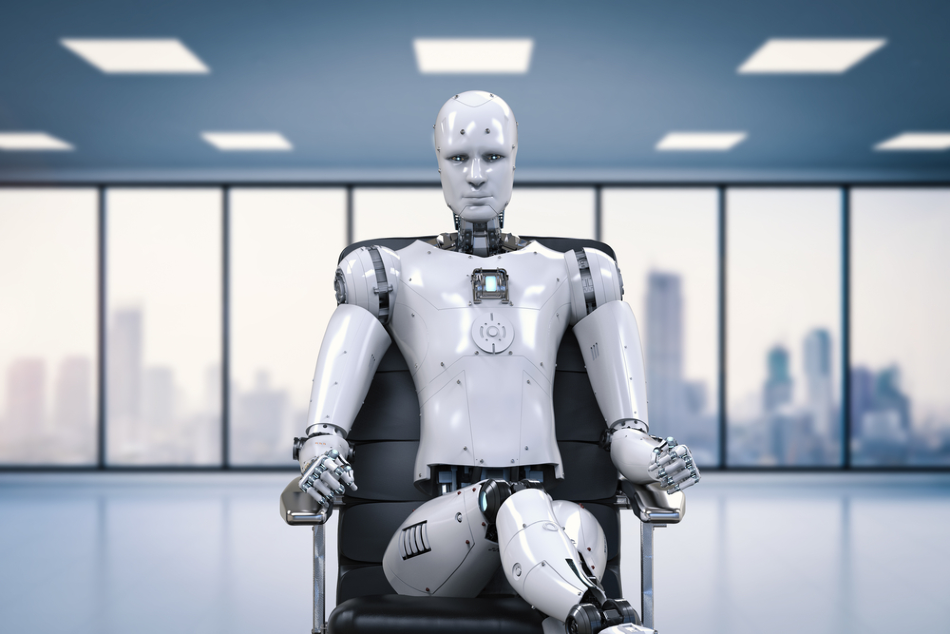Sep 8 2012

Image Credit: Phonlamai Photo/Shutterstock.com
Article updated on 04/03/20 by Ben Pilkington
During a natural disaster, defense and relief organizations need to respond immediately to ensure maximum safety for those affected. The process must be meticulously coordinated to dilute a crisis and to allow for effective delivery of aid. The United States Department of Defence has commissioned Boston Dynamics, an engineering and robotics design company, and the Defence Advanced Research Projects Agency (DARPA) to design and construct autonomous humanoid robots to “perform evacuation operations”.
PETMAN - The Anthropomorphic Robot
The new automated units will be used by the military in a strategy to “to conduct humanitarian, disaster relief and related operations”. The commission was given to deploy ground robots that will be capable of undertaking complex projects in dangerous environments that could pose a risk to the aid workers.
Boston Dynamics has been working on the PETMAN, an anthropomorphic robot that has been designed to test the protective ability of military clothing during exposure to chemical warfare agents. The following video by Boston Dynamics demonstrates PETMAN for testing the condition of clothing used by US military personnel.
Video Credit: BostonDynamics/YouTube.com
Typically, despite the continuous efforts to make humanoid robots more sophisticated in their applications, there is still a long journey to making an automated machine act without supervision. In the video above, PETMAN has demonstrated the ability to act without being manipulated by a human being by being able to balance itself during a regular gait pattern, squatting and can function without the use of equipment or apparatus.
PETMAN is also designed to stimulate a human physiological response by being able to control temperature, humidity and sweating inside the military clothing, physical conditions typical to humans and thus providing realistic test conditions.
The importance of creating a robot that is agile enough to imitate human movement can be seen with PETMAN in an effort to investigate how a soldier works with the protective clothing in harsh conditions. It is quite clear from looking at PETMAN that the research and design team at Boston Dynamics have aimed to create a machine that looks similar in shape and size to an adult human and it gives this anthropomorphic structure to the robot that makes it the first of its kind to replicate the dynamics of a real human being.
Objectives
In recent history, we have seen catastrophes in places such as Japan and New Zealand that have put pressure on the defense system in organizing and supplying relief aid. DARPA is aiming to address this issue by focussing on the design and development of robots that will be capable of assisting in an organized disaster-response operation.
One other emphasis on this project is to create robot technology that will be capable of bringing relief aid to disaster zones at short notice, as it can be a common theme seeing local support services becoming overwhelmed with the degree of disaster, especially in developing countries.
PETMAN has been designed and tested to act without supervision. One of DARPA’s goals elaborates on the need for a self-sufficient robot during operation in dangerous environments. For example, one goal is to engineer robots that can manage and manipulate tools without guidance ranging from hand-assisted tools to operating large automated vehicles.
It is particularly important that such highly-sophisticated humanoid technology is capable of accurate perception, decision-making and dexterity.
Challenges Ahead for Unsupervised Robots
The idea of an unsupervised humanoid robot may carry advantages, such as eliminating the need for large numbers of aid and armed forces workers from neighboring countries to offer relief. One particular challenge such unsupervised robots may have is when faced with civilian contact.
Research and design efforts need to address the psychology behind how self-sufficient humanoid robots will communicate effectively with military and civilians in human-engineered environments, natural disaster zones and conflict settings.
The Future of Humanoid Robots
Considering how the military is investing a high level of effort into disaster relief, it may, therefore, be interesting to see how humanoid robots that could operate unsupervised may be targeted for their application in performing medical assistance, air traffic response, protection, and recovery operations during a natural disaster.